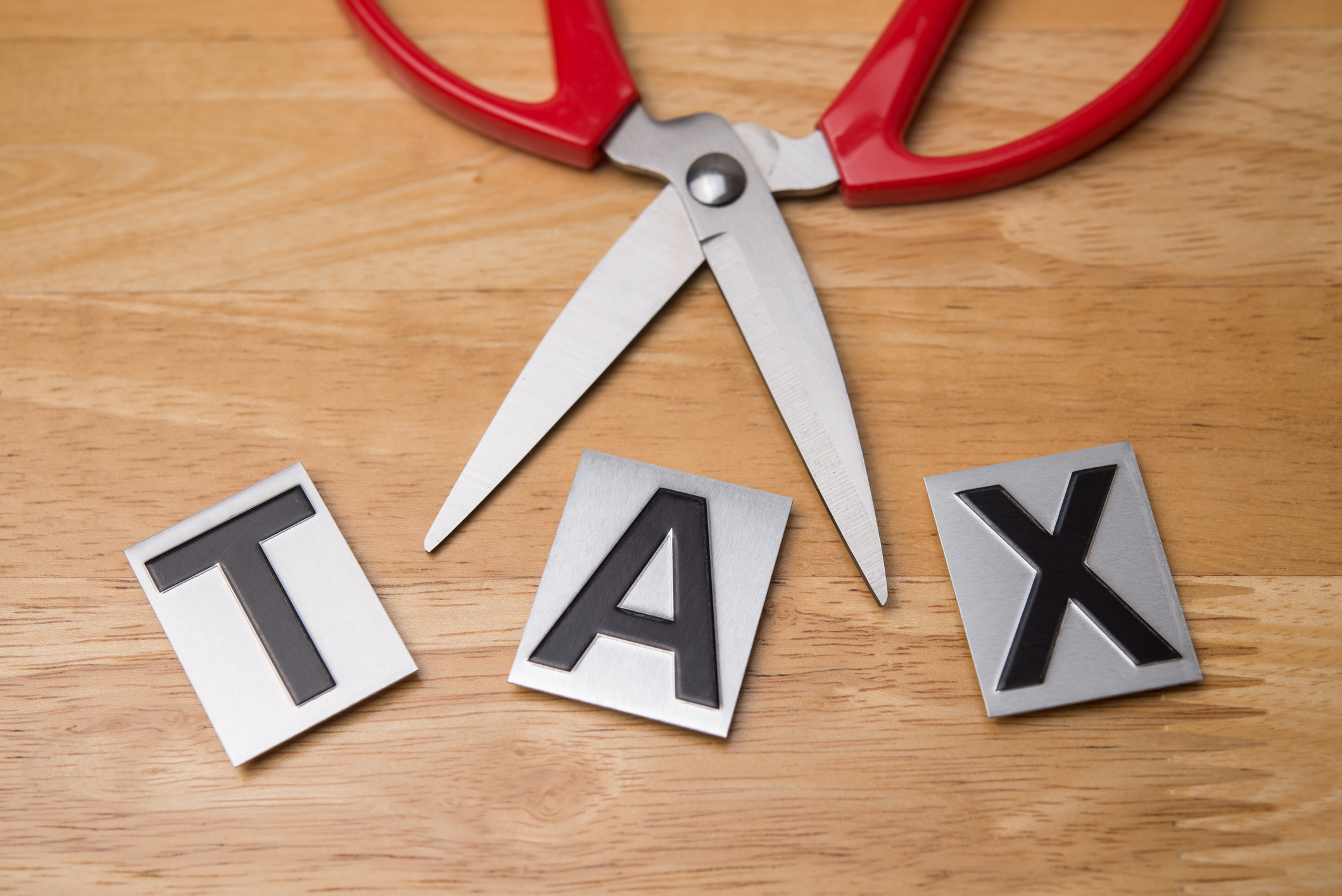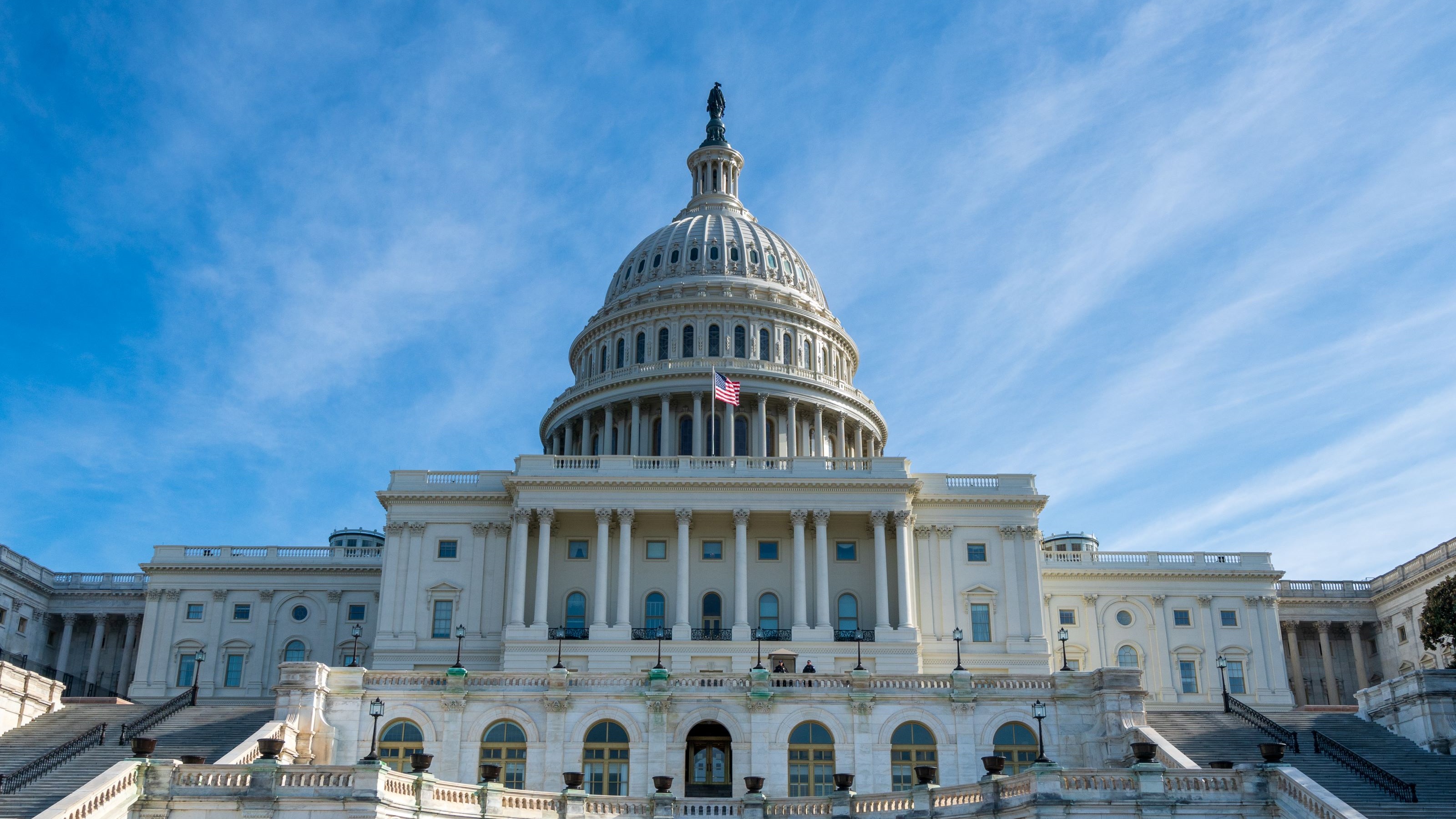New Iowa Income Tax Rate for 2025: What It Means for You
A new tax law lands Iowa among the top ten states with the lowest income tax rates.


Iowan’s tax bills took another dip this year, as the state’s individual income tax rate dropped by nearly 2 percentage points in 2025.
The comprehensive tax reform, signed by Gov. Kim Reynolds into law last spring, lowers the individual income tax from its top rate of 5.7% to a single flat rate of 3.8% in 2025. That’s significantly lower than the peak rate of nearly 9% about six years ago when state lawmakers began reducing the personal income tax.
The measure gives Iowa the sixth-lowest income tax rate among the 41 states that have the tax, according to the Tax Foundation. It also adds Iowa to the 14 states that have a flat income tax rate.
From just $107.88 $24.99 for Kiplinger Personal Finance
Become a smarter, better informed investor. Subscribe from just $107.88 $24.99, plus get up to 4 Special Issues

Sign up for Kiplinger’s Free Newsletters
Profit and prosper with the best of expert advice on investing, taxes, retirement, personal finance and more - straight to your e-mail.
Profit and prosper with the best of expert advice - straight to your e-mail.
Reducing the income tax is estimated to yield nearly $1 billion in tax savings for Iowans within the first two years, according to the governor’s office. Collectively, all the tax cuts enacted since 2018 will save more than $23.5 billion over a decade.
While big tax cuts and flat income structure may sound great on the surface, some lawmakers and policy analysts argue they will likely make Iowa’s “already unfair tax system even more unfair.” Mainly, because the tax cuts would benefit the wealthy and risk reducing critical funding for state programs used by the general public.
Here’s what Iowa’s key tax change for 2025 means for you and your state services.
Iowa adopts flat income tax rate
Iowa’s recent shift toward a single flat individual income tax rate has sparked concerns from tax experts that label these types of taxes as regressive.
A regressive tax policy is one that disproportionately benefits the wealthy, rather than meeting the needs of moderate to low-income earners.
Most states have a graduated or “progressive” personal income tax, which means that rates are split into several brackets and determined by your income level. Higher tax rates are applied to taxpayers with higher incomes.
For instance, in New York, a single taxpayer will pay a 4% tax rate if they are earning under $8,500. Meanwhile, those earning between $80,651 to $215,400 are facing an income tax rate of 6%.
With Iowa’s 3.8% flat personal income tax rate, that means someone earning $8,500 will be taxed at the same rate as someone with a taxable income over $300,000.
Not only is this unbalanced, but lower-income communities generally end up paying more in the long run. According to the Institute on Taxation and Economic Policy (ITEP), a flat tax often has a “surface appeal” that comes with significant disadvantages.
States with regressive taxes often rely on higher sales, property, and excise taxes to drive revenue to fund schools, healthcare, and key public services. Flat income taxes essentially guarantee this burden will fall on middle- to low-income taxpayers.
By the numbers: For instance, when Arizona switched to a new flat tax rate of 2.5%, taxpayers who earned over half a million dollars annually reportedly received nearly $16,000 in tax cuts. Meanwhile, the average middle-income earner received a tax cut of just $58.
Iowa’s flat tax rate risks budget shortfalls
One of the main reasons why Iowa’s income tax cut passed is due to Iowa’s budgetary surplus in recent years, which led to the growth of its Taxpayer Relief Fund.
The fund, created to provide income tax relief for Iowans, holds a balance of about $3.7 billion. Part of Iowa’s latest tax reform allows the government to tap into these funds if the state suffers budget shortfalls due to recent tax breaks.
However, some policy experts are worried that Iowa’s move to lower the personal income tax to 3.8% will “blow a hole” into the state budget.
According to the state’s nonpartisan fiscal estimating panel, the tax revenue collected by the state in the upcoming 2026 fiscal year will fall short of its current spending budget. Local reports point that:
- Iowa’s 3.8% flat income tax rate will cause a $687 million drop in personal income tax collections in 2026, down 12.3% from the current annual budget.
- The state is projected to bring in $8.7 billion for the 2026 budget, which starts July 1.
- So far this year Iowa has spent $8.9 billion.
Overall, economists forecast Iowa will face a $200 million budget shortfall.
That means lawmakers may have to choose between reducing state spending on public services like education, child care, safety programs, and environmental programs or using some of its state reserves to address the revenue gap. Higher taxes may also be on the line.
Iowa taxes: What’s next
As of January 1, 2025, Iowa’s individual income tax rate is set at a flat 3.8%. That’s far from the 8.98% rate back in 2018. There are no income tax brackets, either.
The state also eliminated taxes on retirement income and inheritance. Overall, recent tax breaks are estimated to save Iowans more than $24 billion over the next decade.
Some opponents cite concerns that flat income taxes are regressive because they offer a disproportionate burden on modest earners, and benefit the wealthy. Economists point out that Iowa’s new tax structure may cause a budget shortfall this upcoming year.
To bridge the gap, lawmakers in other states with similar tax policies have increased excise taxes, sales, or property taxes. Reducing spending on public services like healthcare, public schools, and safety programs has also been a potential solution.
For now, we’ll keep on tracking Iowa’s pivot into a flat tax structure and how it may come to impact you.
Related Content:
Profit and prosper with the best of Kiplinger's advice on investing, taxes, retirement, personal finance and much more. Delivered daily. Enter your email in the box and click Sign Me Up.

Gabriella Cruz-Martínez is a finance journalist with 8 years of experience covering consumer debt, economic policy, and tax.
Gabriella’s work has also appeared in Yahoo Finance, Money Magazine, The Hyde Park Herald, and the Journal Gazette & Times-Courier.
As a reporter and journalist, she enjoys writing stories that empower people from diverse backgrounds about their finances, no matter their stage in life.
-
 4 Great Tools to DIY Your Own Financial Plan
4 Great Tools to DIY Your Own Financial PlanSmart Savings Several tools picked out by Kiplinger that DIYers can use to make their own financial plan.
-
 The 7-Month Deadline That Sets Your Lifetime Medicare Premiums
The 7-Month Deadline That Sets Your Lifetime Medicare PremiumsUnderstanding Medicare enrollment is crucial, as missing deadlines can lead to permanent late enrollment penalties and gaps in coverage.
-
 Retirees Living in Portugal: You Need a Post-NHR Tax Strategy
Retirees Living in Portugal: You Need a Post-NHR Tax StrategyWhen your 10-year Non-Habitual Resident tax break ends, you could see your tax rate soar. Take steps to plan for this change well before the NHR window closes.
-
 Law Reversal Looming? Trump Eyes 2026 Gambling Winnings Tax Change
Law Reversal Looming? Trump Eyes 2026 Gambling Winnings Tax ChangeTax Deductions It's no secret that the IRS is coming after your gambling winnings in 2026. But how long will that last?
-
 Trump's Plan to Eliminate Income Tax: 7 Things to Know Now
Trump's Plan to Eliminate Income Tax: 7 Things to Know NowTax Policy The potential consequences of eliminating taxes in favor of Trump tariffs could impact everything from inflation to Social Security and might give some U.S. taxpayers pause.
-
 5 Types of Gifts the IRS Won’t Tax: Even If They’re Big
5 Types of Gifts the IRS Won’t Tax: Even If They’re BigGift Tax Several categories of gifts don’t count toward annual gift tax limits. Here's what you need to know.
-
 The 'Scrooge' Strategy: How to Turn Your Old Junk Into a Tax Deduction
The 'Scrooge' Strategy: How to Turn Your Old Junk Into a Tax DeductionTax Deductions We break down the IRS rules for non-cash charitable contributions. Plus, here's a handy checklist before you donate to charity this year.
-
 IRS Says You Made a Tax Return Mistake? A New Law Could Help You Fight Back
IRS Says You Made a Tax Return Mistake? A New Law Could Help You Fight BackTax Law Updated taxpayer protections change what the IRS must explain on error notices and how long you have to respond.
-
 Is a New $25,000 Health Care Tax Deduction Coming in 2026?
Is a New $25,000 Health Care Tax Deduction Coming in 2026?Tax Policy A proposal from GOP Sen. Josh Hawley adds to the chatter about health care affordability.
-
 Costco Sues Over Trump Tariffs: What Could That Mean for Prices in 2026?
Costco Sues Over Trump Tariffs: What Could That Mean for Prices in 2026?Tariffs The retailer is making headlines not just for its famous hot dog and gold bars but for suing the Trump administration over tariffs.
-
 Social Security Benefits Quiz : Do You Know the IRS Tax Rules?
Social Security Benefits Quiz : Do You Know the IRS Tax Rules?Quiz Social Security benefits often come with confusing IRS tax rules that can trip up financially savvy retirees and near-retirees.